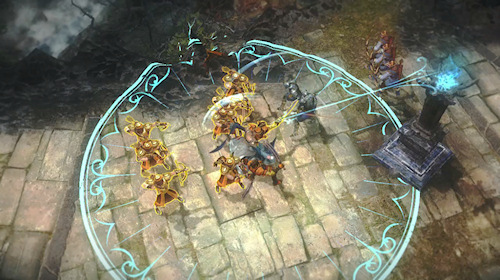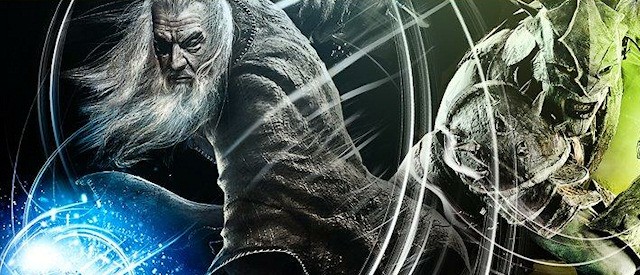We first saw Guardians of Middle Earth a few weeks back at E3. The game immediately impressed us, not only for the slick use of the Lord of the Rings license, but for the way the team at Monolith appeared to have successfully brought the MOBA genre to consoles. We were also incredibly excited to hear the game would have full co-op support, something many folks strongly desire in a MOBA, as to not face the stress (and verbal abuse) of versus games.
Recently, Co-Optimus sat in on a conference call with two members of Monolith - Ruth Tomandl, the game's producer and Scott Thompson, the game's Lead Designer. Scott and Ruth chatted up the game and how it came to be, what exactly went into designing it for a console, and how focused the team is on making the co-op experience just as good as the versus.
The team actually started to develop Guardians before it was a licensed title, creating prototypes of control schemes for MOBAs on a console. Once the Lord of the Rings license came into play, things started to fall into line. Console shooters were a big inspiration for the game's two control schemes - basic and advanced. Because each of the game's 20 characters play slightly different - these control schemes were designed to give players the freedom and flexibility to make the game feel more to their liking. For instance in the basic control scheme players simply tap a face button to trigger an ability, or hold a face button to prep and charge an ability. In advanced mode tapping it would bring up a reticule allowing players a little more control and visual feedback of exactly what's going to happen when they press the trigger to set it off.

This control method gives the game a more action feel, but it wasn't the only way the team wanted to tweak things for the console. Instead of the normal hour long matches you sometimes find in a game like DOTA 2, the team wanted something quicker but they also wanted to retain the same depth. Your hero will be able to gain 14 levels during a match and at each one they can customize their abilities further. There's still a player shop to buy items for use during the battle as well. When players die, they'll be transported back into battle much quicker instead of spending a large chunk of time just watching and waiting. We've already talked about some of the advanced death stuff in our E3 preview, so I recommend you check that out as well.
The levels themselves still follow the three path setup that we've seen from other MOBAs, but there are several things on the battlefield besides towers that mix things up. Maps contain shrines which help augments the survivability of the Guardians that hold them and there's an RTS style upgrade system on the lanes which do things like spawn better (and bigger) units.
